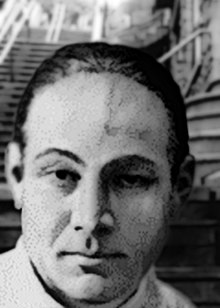Our website is made possible by displaying online advertisements to our visitors.
Please consider supporting us by disabling your ad blocker.
Five Families

The Five Families refer to five Italian American Mafia crime families that operate in New York City. In 1931, the five families were organized by Salvatore Maranzano following his victory in the Castellammarese War. Maranzano reorganized the Italian American gangs in New York City into the Maranzano, Profaci, Mangano, Luciano, and Gagliano families, which are now known as the Bonanno, Colombo, Gambino, Genovese, and Lucchese families, respectively. Each family had a demarcated territory and an organizationally structured hierarchy and reported to the same overarching governing entity.
Initially, Maranzano intended each family's boss to report to him as the capo dei capi ("boss of all the bosses"). This led to his assassination that September, and that role was abolished for the Commission, a ruling committee established by Lucky Luciano to oversee all Mafia activities in the United States and to mediate conflicts between families. It consisted of the bosses of the Five Families as well as the bosses of the Chicago Outfit and the Buffalo crime family. In 1963, Joseph Valachi publicly disclosed the existence of New York City's Five Families at the Valachi hearings. Since then, a few other crime families have been able to become powerful or notable enough to rise to a level comparable to that of the Five Families, holding or sharing the unofficial designation of Sixth Family.
Previous Page Next Page


